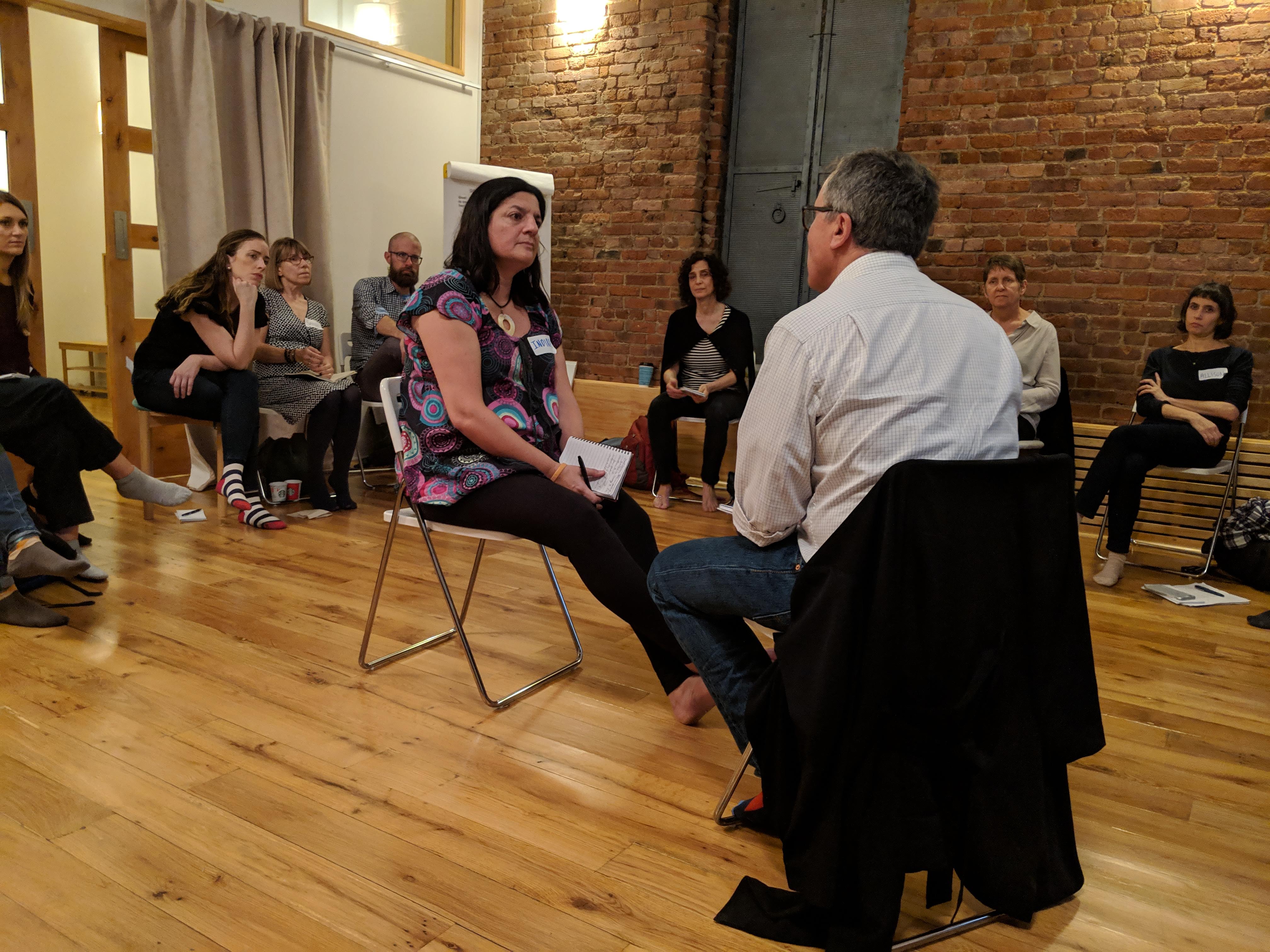How to Loop

There are four key steps to looping during an interview, dialogue, or conversation:
1
LISTEN WITH THE INTENT TO UNDERSTAND WHAT YOUR SOURCE IS SAYING.
2
OFFER TO COMMUNICATE WHAT YOU THINK THEY MEANT IN LANGUAGE THAT CONVEYS UNDERSTANDING.
3
OBSERVE THEIR REACTION TO YOUR UNDERSTANDING AND CHECK TO MAKE SURE YOU GOT IT RIGHT.
4
POLISH YOUR UNDERSTANDING, CORRECT WHAT YOU GOT WRONG BY ASKING THEM WHAT YOU MISSED, THEN ASK THEM TO TELL YOU MORE.
When looping, look out for:
- Signposts Clues that come up in conversations that indicate there’s a deeper meaning behind the person’s statement. Signposts include words such as “never” or “always.” In addition, metaphors, signs of strong emotion, repetition of specific words, and an appearance of confusion or uncertainty are all clues to ask for more information. (Source: Resetting the Table)
- Gap words: Content that your source chooses not to say. A long pause, hesitation before a response, or a phrase such as “we can skip over that” suggest there is more you may want/need to know.
- Red flag words: When you hear "red flag words" in an interview, they can reveal personal emotions and may impact your source's willingness to share more information or listen to other viewpoints. Examples of "red flag words" include: unethical, troubled, incompetent, sneaky.
SOME GROUND RULES.

Looping is about listening first and following up with “Tell me more.” Avoid debating, fixing, agreeing, or sympathizing. Looping is about understanding, not agreement.